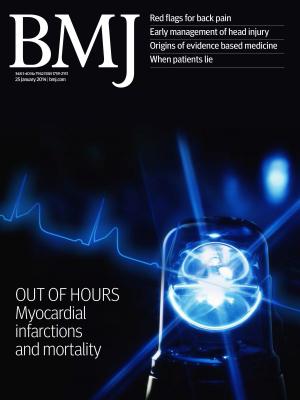
Operative vs nonoperative care of closed, displaced, intraarticular calcaneal fractures

Operative vs nonoperative care of closed, displaced, intraarticular calcaneal fractures
Operative versus non-operative treatment for closed, displaced, intra-articular fractures of the calcaneus: randomised controlled trial
BMJ. 2014 Jul 24;349:g4483. doi: 10.1136/bmj.g4483.Did you know you're eligible to earn 0.5 CME credits for reading this report? Click Here
Synopsis
One hundred and fifty one patients with a recent (<3 weeks) closed, intra-articular, displaced calcaneal fracture were randomized to either operative or nonoperative treatment. This study aimed to determine the efficacy of operative treatment after 2 years. Results indicated that there were no treatment effects for Kerr-Atkins scores, as well as for SF-36 scores, EQ-5D scores, American Orthopaedic...
To view the full content, login to your account,
or start your 30-day FREE Trial today.
FREE TRIAL
LOGIN
Forgot Password?
Explore some of our unlocked ACE Reports below!

Learn about our AI Driven
High Impact Search Feature
Our AI driven High Impact metric calculates the impact an article will have by considering both the publishing journal and the content of the article itself. Built using the latest advances in natural language processing, OE High Impact predicts an article’s future number of citations better than impact factor alone.
Continue



 LOGIN
LOGIN

Join the Conversation
Please Login or Join to leave comments.